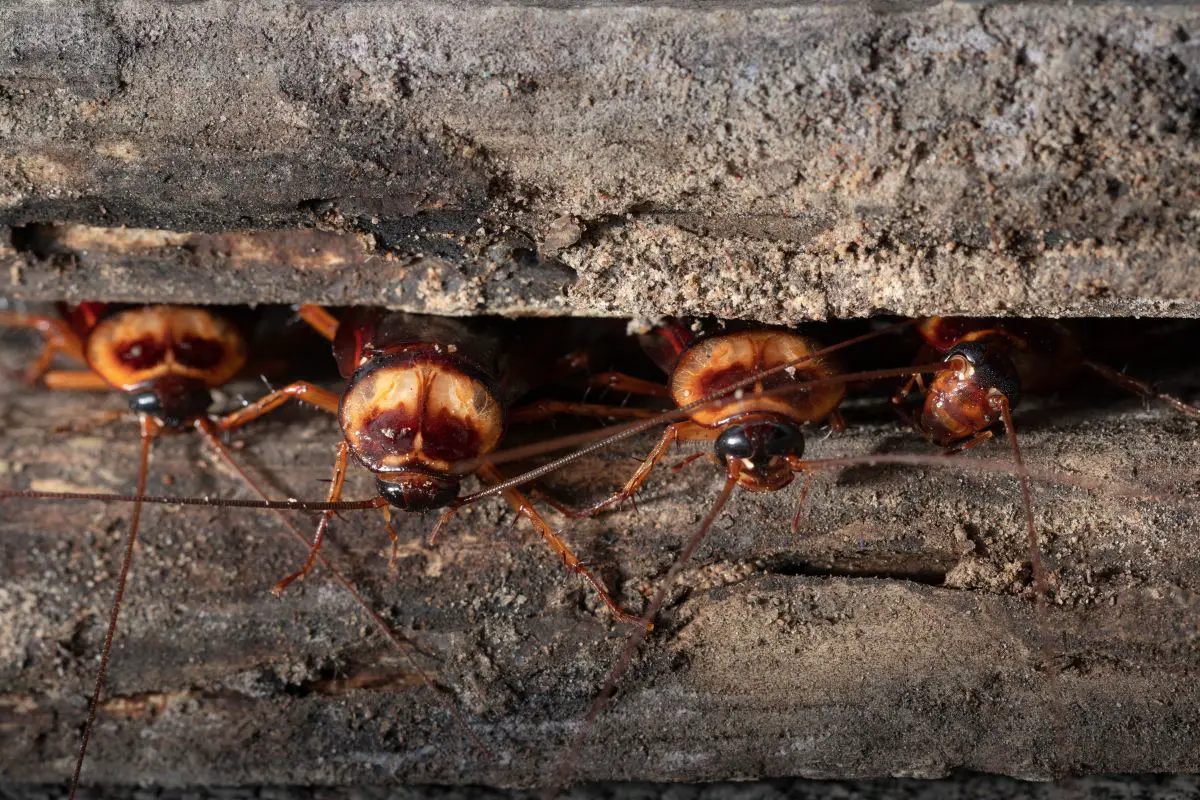
The mere sight of a cockroach can leave many people running for the hills. This insect has long been vilified as something that you absolutely do not want to see in any setting whatsoever. People are particularly freaked out by them when they see them in a restaurant or kitchen.
What is that? The existence of cockroaches means that the environment that you are in is a dirty one. This may not necessarily be completely accurate, but people have that impression in their minds regardless.
Despite all of this, we wanted to take a look at some of the insects that are similar to cockroaches. Broadening your knowledge about the type of insects that are similar to cockroaches may help you better understand the natural world that you are surrounded by.
1. Crickets
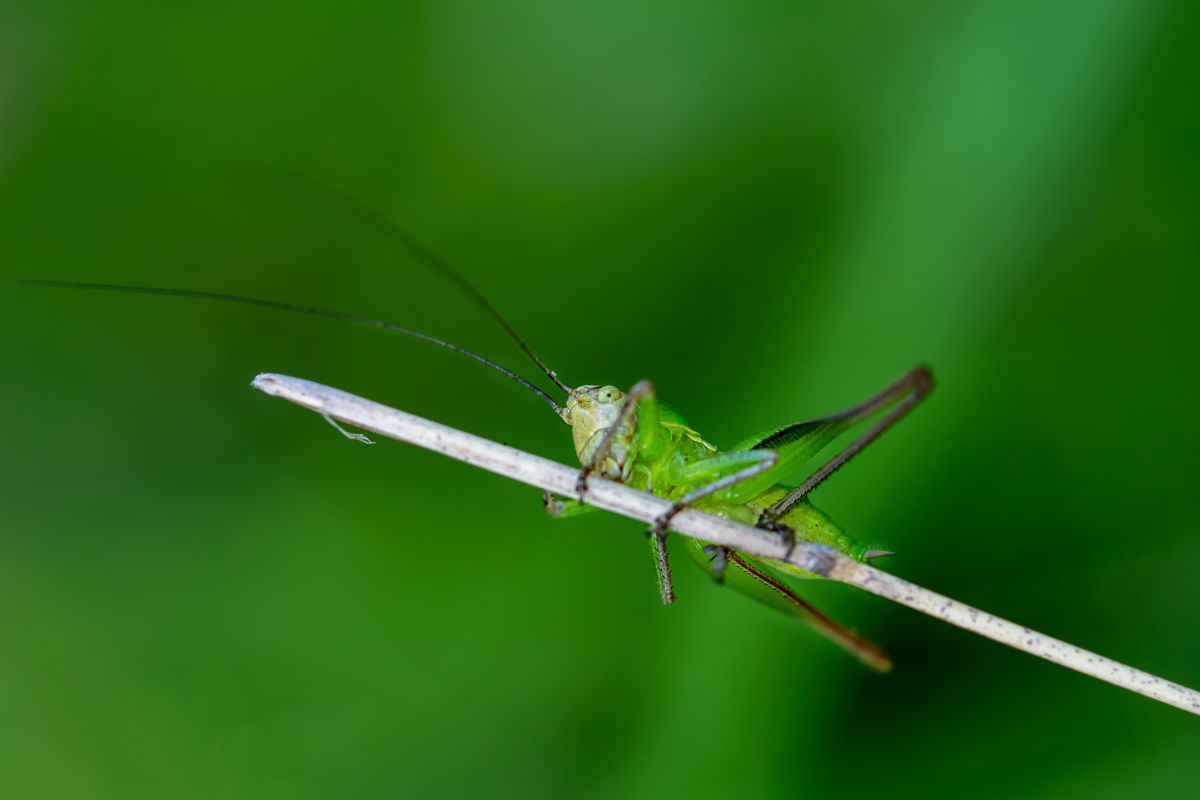
We make comments that the sound of crickets is what people hear when they tell a joke or make a comment that is not particularly appreciated. This comment is made because crickets have a distinctive chirping sound that they make. Virtually everyone is familiar with this sound, and it is what sets crickets apart from roaches of all kinds.
Roaches remain completely silent.
2. Giant water bugs
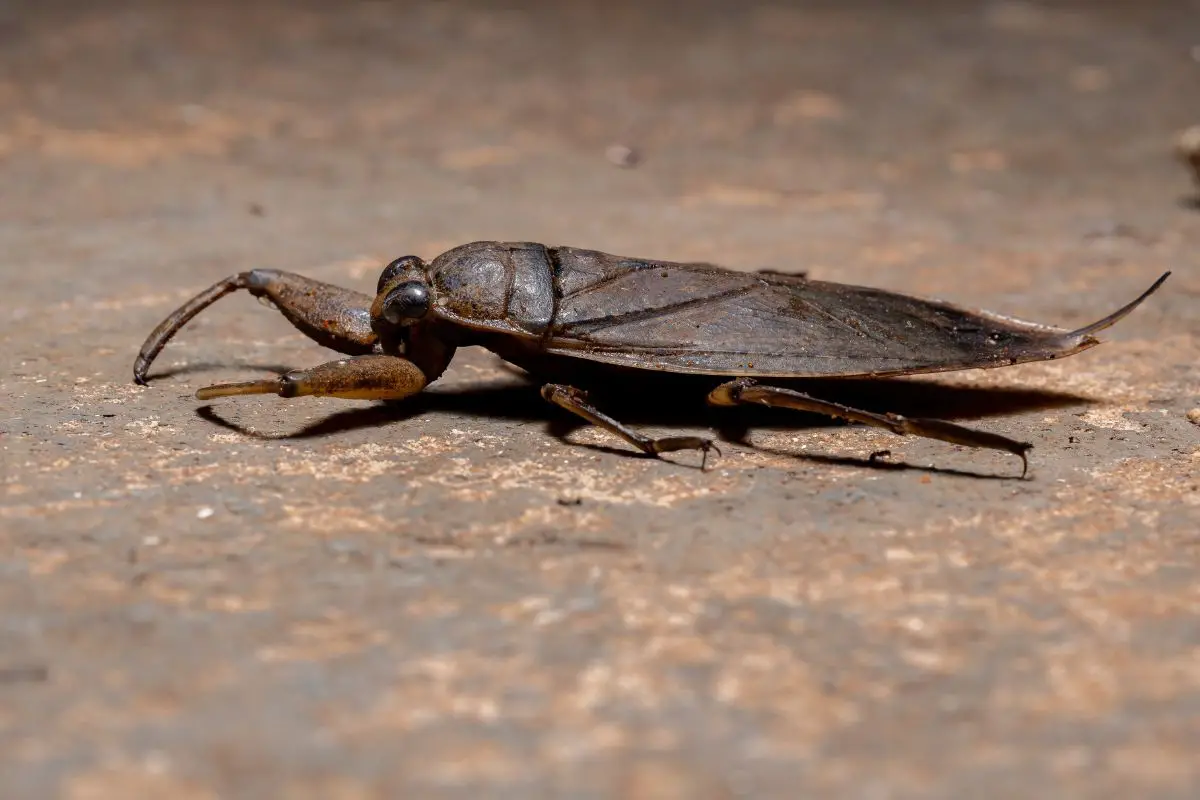
It is reasonable that water bugs are sometimes confused with cockroaches because there are some regional differences where cockroaches are referred to as water bugs. True water bugs are actually their own separate species that are different from cockroaches in a number of ways. That being said, the fact that they bear a similar size and color to cockroaches makes it easy for them to be confused in the minds of many people.
If you want to know what makes giant water bugs different from cockroaches, you should think about the size and habitat that these bugs are found in. Water bugs tend to prefer to hang out in outdoor water areas, whereas cockroaches will try to find sewers and basements if possible. Additionally, cockroaches have a narrower body than do water bugs.
3. Asian longhorned beetle
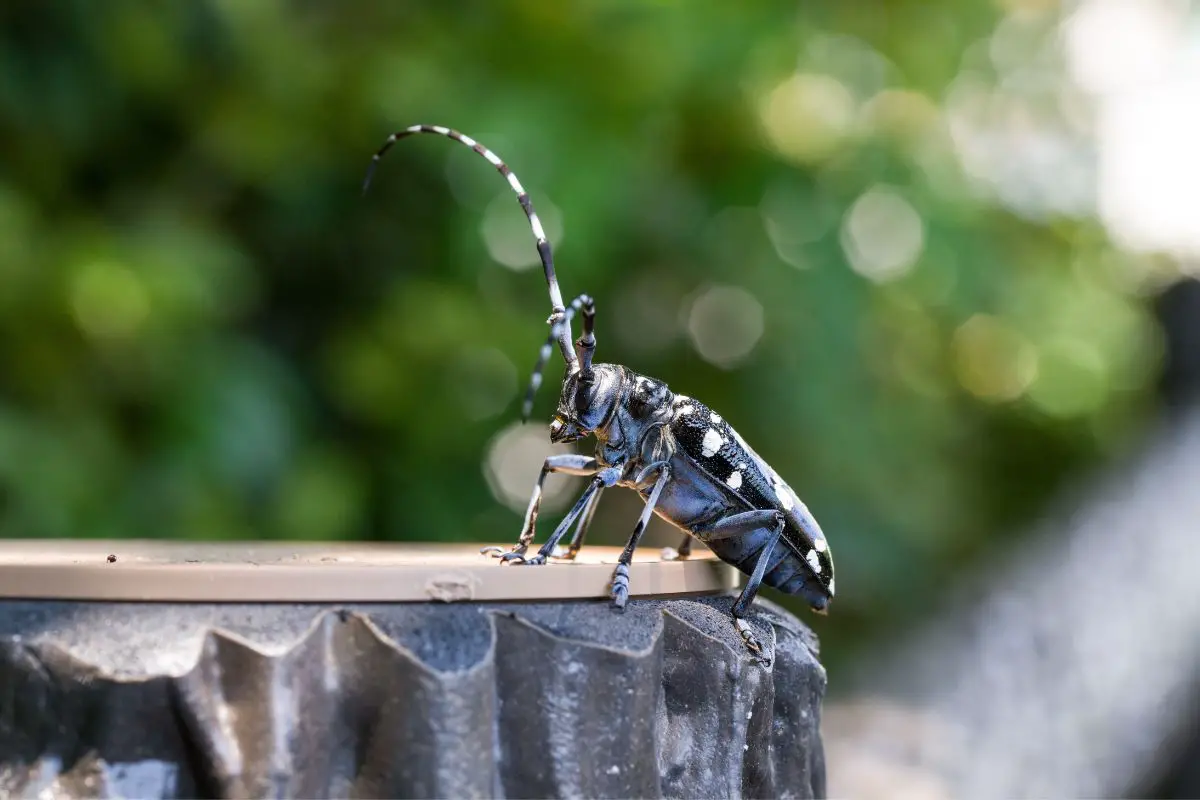
It’s kind of strange to think that the Asian longhorned beetle is sometimes confused with cockroaches, as these bugs have a very unique look. However, they are usually black in coloring and may have some random white spots around their body. This beetle also has a very long antenna that will curl back and can at times completely surround its own body.
Therefore, they are much different from a cockroach, but it is understandable that people may confuse them for a cockroach if they only catch a quick glimpse of them.
4. June bugs
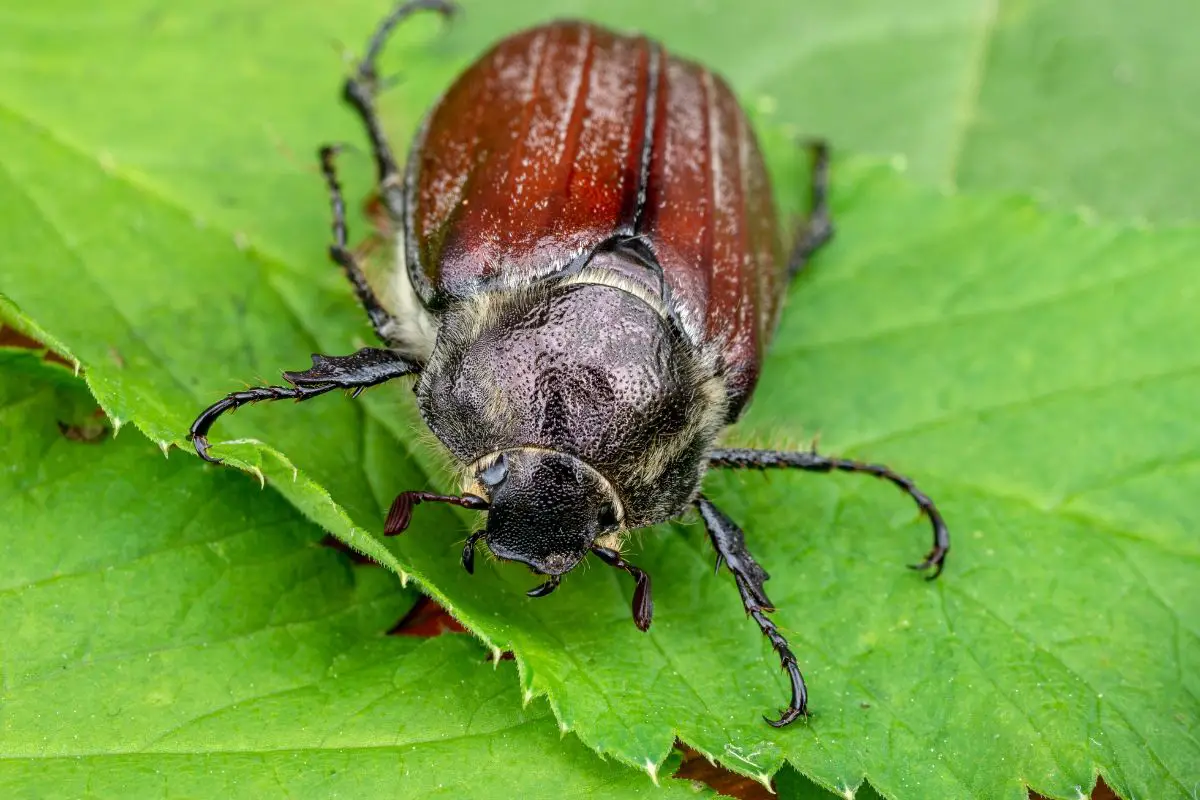
June Bugs are the bane of existence for people who live in areas where they congregate. They can be very annoying to human populations as they are known to ram into virtually anything in their site. They are not the most creative creatures to ever walk the Earth, but they definitely appear similar to cockroaches in their appearance.
Thus, you will be forgiven if you happen to believe that a June bug is a cockroach. It is an easy mistake to make.
5. Bed bugs
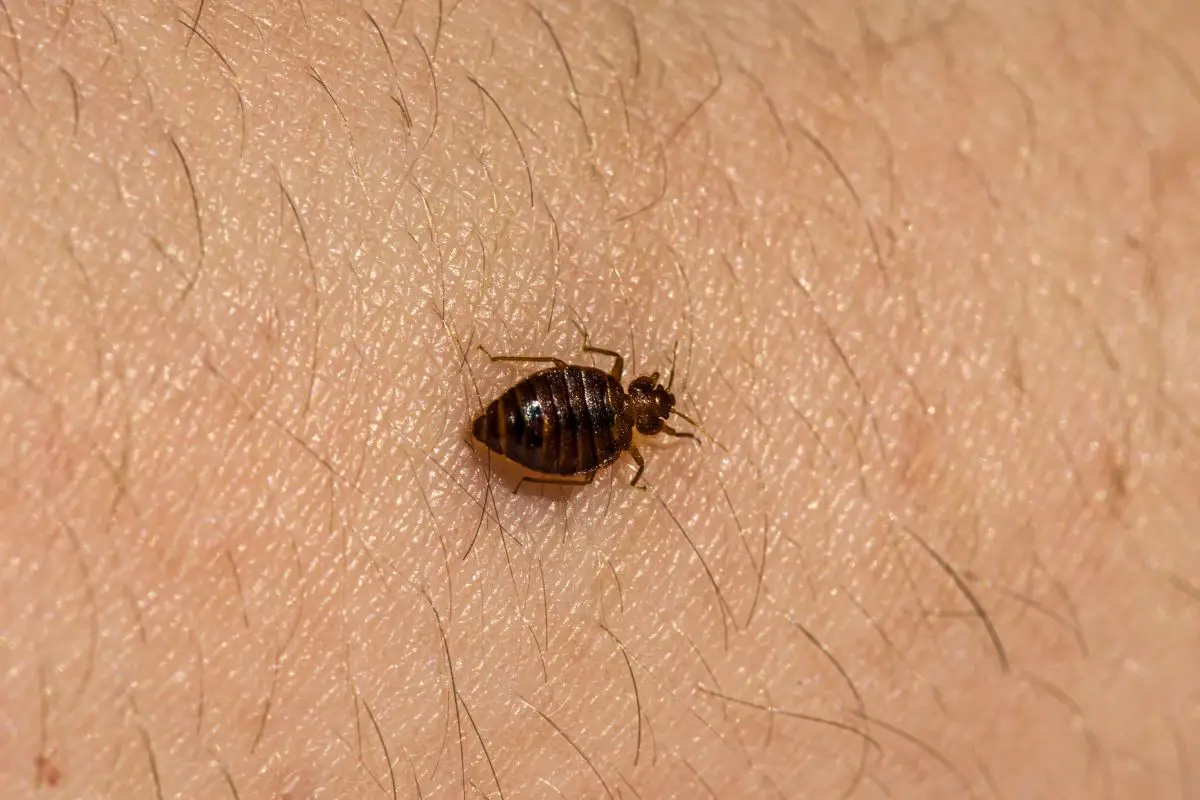
Bed bugs are sometimes mistaken for baby cockroaches as they have a similar appearance to what a cockroach looks like when it is still very young. Bed bugs will not get much bigger than the size that you initially see it, and cockroaches eventually grow into full-sized adults. Bed bugs will typically come in at around 0.2 inches long, but a cockroach will ultimately get much larger than that.
As you might suspect from the name, bed bugs like to nest in the actual sheeting of people’s beds when possible. This is a much different environment than what a cockroach prefers. A cockroach will look for a damp and cold area to stay.
In fact, cockroaches will likely be deterred by the prospect of getting into a bed as they would sense the human there and fear danger. Bed bugs don’t have that same reaction as bedding is their natural habitat. Bed bugs are both shorter and rounder than cockroaches and have a less oval-shaped body than a cockroach does.
6. Termites
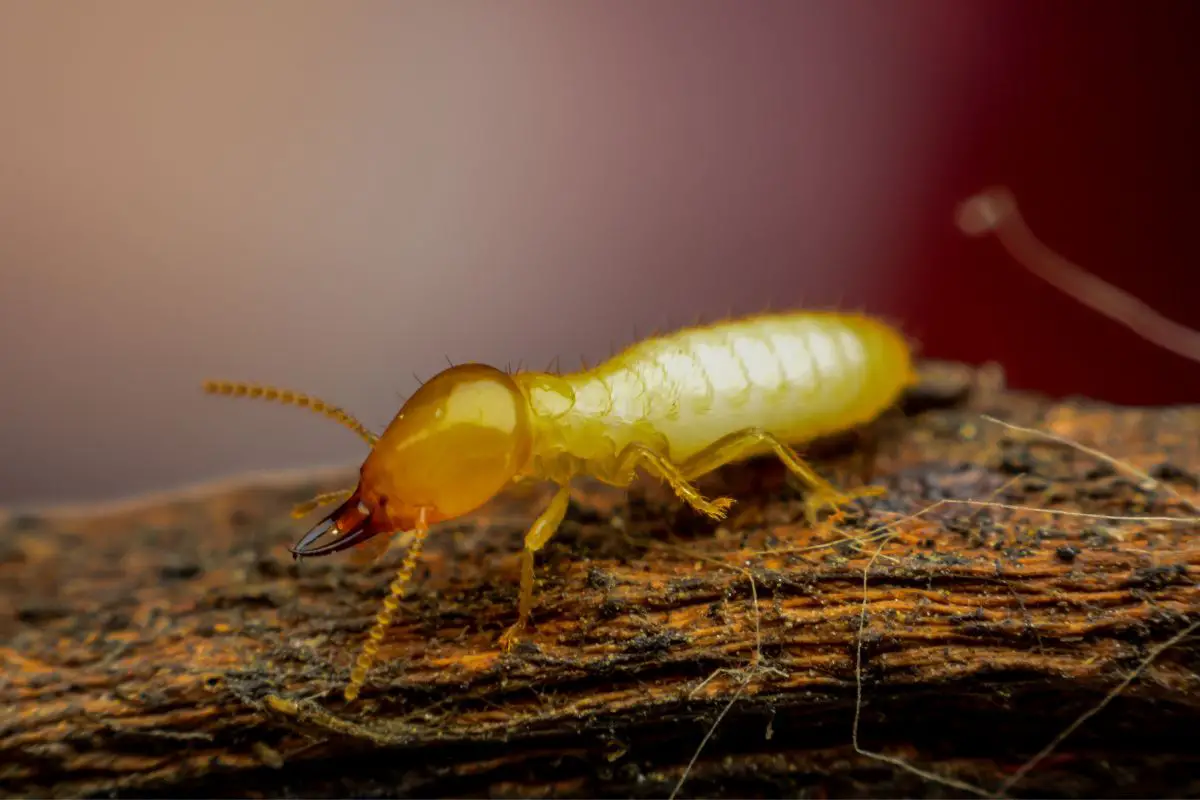
Which are very different from termites, both in their appearance and their lifestyle habits. However, because both are known as household pests, it can be easy for people to get termites and cockroaches confused. It turns out that termites are, in essence, a form of cockroach with a very different genetic branch in evolutionary history.
Termites are incredibly small, ranging from 0.16 to 0.59 inches long. They also have soft bodies with small antennas. Cockroaches are much larger than this, and they don’t have the soft bodies that are so noticeable on termites.
In the United States, there are approximately 40 different species of termites, so the odds are pretty high that you have or will come across some of them at some point in your life. The thing to know about termites is that they can do serious damage to the structure of your home, so they should be taken out as soon as possible. No one likes to see cockroaches in their home, but cockroaches don’t do that kind of damage to a home that termites most definitely do.
7. Ground beetles
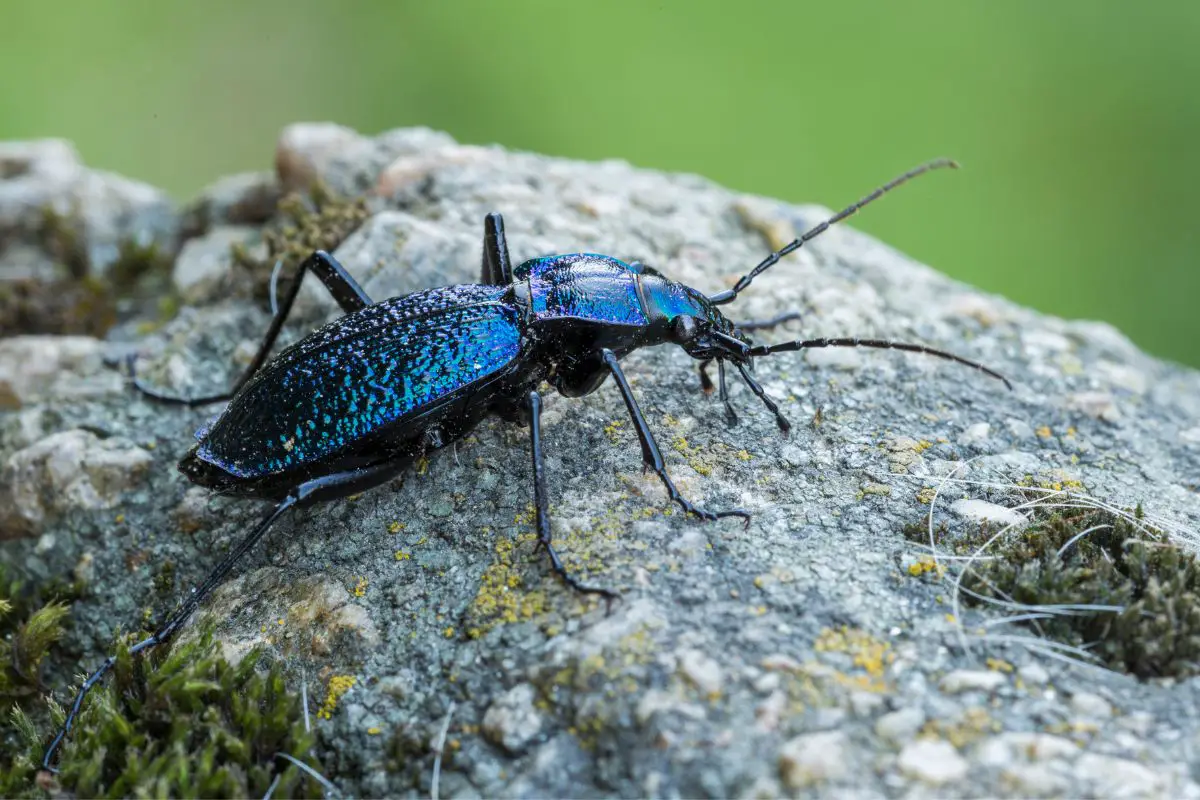
There are a total of 40,000+ different species of ground beetles in the world, and more than 2,000 species of this insect in the United States alone. Plus, there is an obvious and apparent need to know that ground beetles are not the cockroaches that you may think they are. In reality, ground beetles are actually highly beneficial to the environment, and they tend to prefer to stay outdoors.
Additionally, ground beetles do not tend to procreate in significant enough numbers to become any kind of burden or annoyance to humans. They also do not attempt to go after human food sources like so many other types of insects and bugs do. Well, it is understood that ground beetles may be mistaken for cockroaches.
The fact is, ground beetles are far more useful to humans than cockroaches ever will be.
8. Wood boring beetles
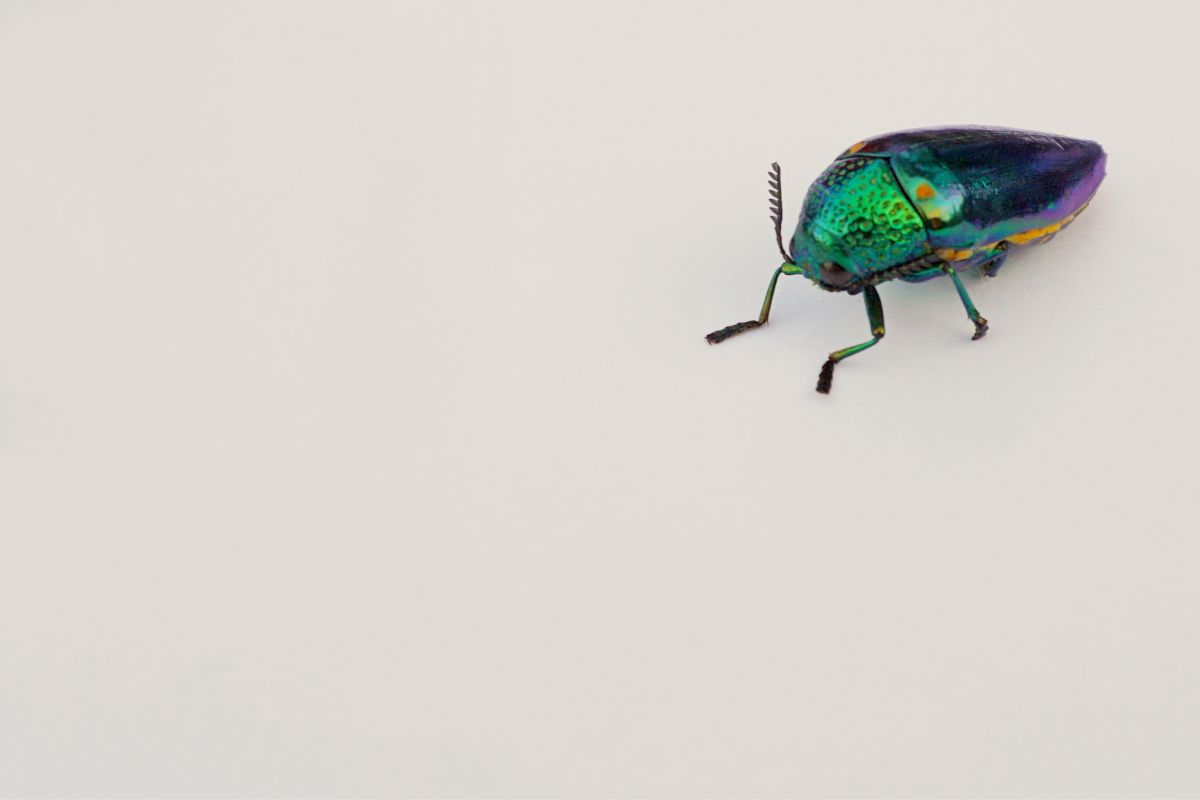
Your typical wood-boring beetle will range in size between 2.7 and 4.5 millimeters in length. Their colorings are typically brown, black, or tan and they tend to stay on wood as the name suggests. Unfortunately, the 700 plus different types of wood-boring beetles can be extremely destructive to the environment that is around them.
If you have any kind of structure that is made of wood, you will definitely want to keep it protected from wood-boring beetles. This insect is more destructive than a cockroach is, but it is also a lot smaller and less frightening to many people as a result. It should probably be seen as more frightening simply given its ability to destroy so much.
9. Palo Verde beetles
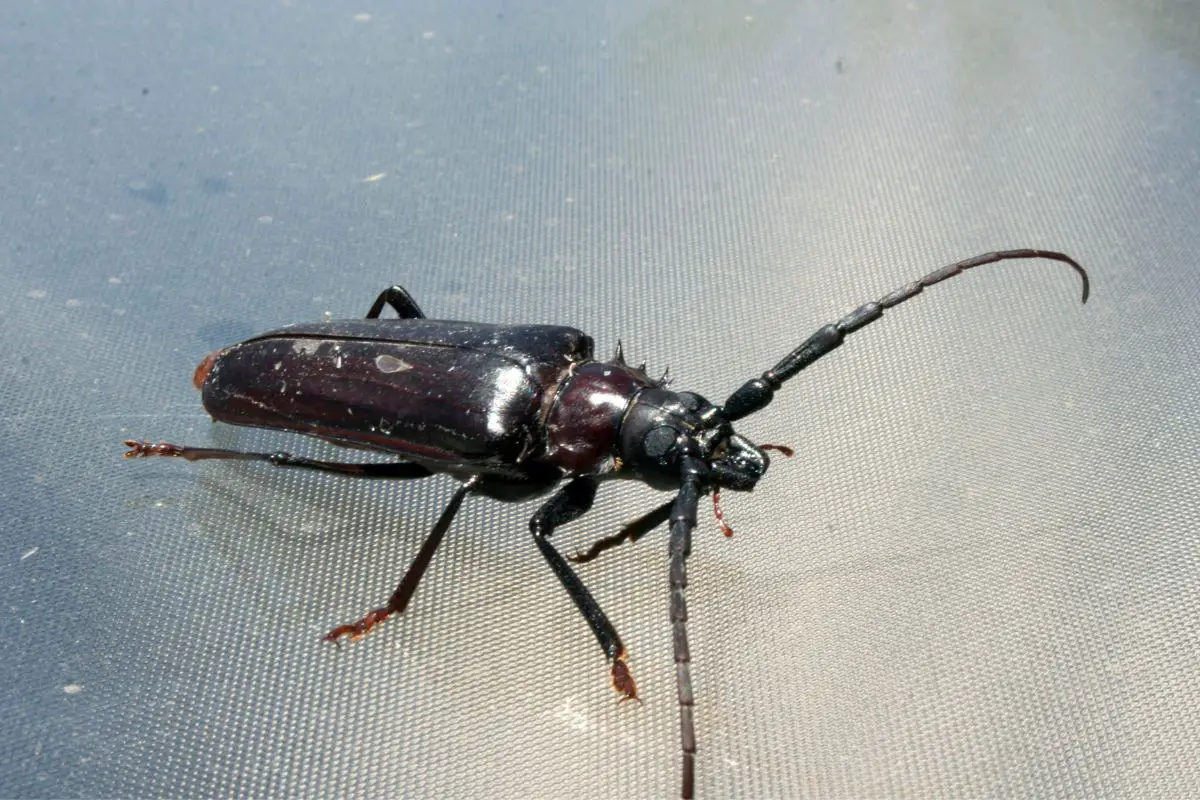
Palo Verde beetles are among the largest beetles that you will ever see in the United States. They can come in at a whopping 4 inches. They do have the appearance of roaches and This is why they are commonly mistaken for cockroaches.
The fact that they tend to be either a dark brown or black color is another reason why people so commonly mistake them for cockroaches. That said, the Palo Verde beetles operate on six legs and have a very long antenna. They also have a narrower body than what you will find on a cockroach.
This beetle is known to be destructive as they will give beneath the bark of particular trees that they like and eat the tree from the inside out. If enough Palo Verde beetles start attacking a certain tree, that tree can ultimately die as a result of their feasting. I don’t have as much to be afraid of when it comes to Palo Verde beetles as they do not like to enter the homes of people.
They are not attracted to human food sources or the warmth and shelter that a home can provide.
10. Palmetto bugs
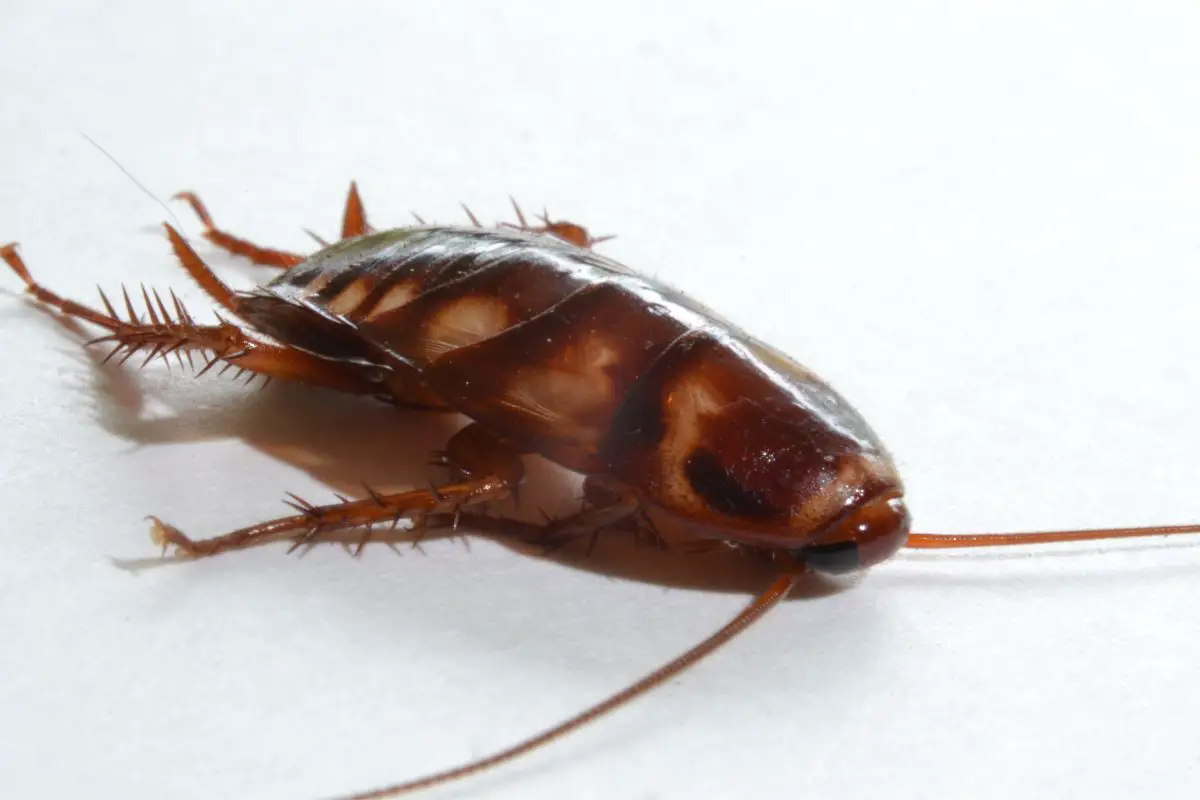
It is a bit of a trick to say that Palmetto Bugs are very different from cockroaches. That is not really the case. Palmetto Bugs are actually cockroaches by another name, but it felt necessary to include them on the list since they are still misidentified when one calls them Palmetto bugs instead of cockroaches.
The reality is that cockroaches and Palmetto bugs are one and the same. There are some regional differences in which people use different names to refer to cockroaches. You will find the term Palmetto Bugs is frequently used in these South Carolina and North Carolina areas to refer to what the rest of the country would call a cockroach.
People in Florida are known to call them Florida roaches, but they are also cockroaches. All of these insects have slightly different looks from one another but are more or less the same thing.
11. Oriental Roach
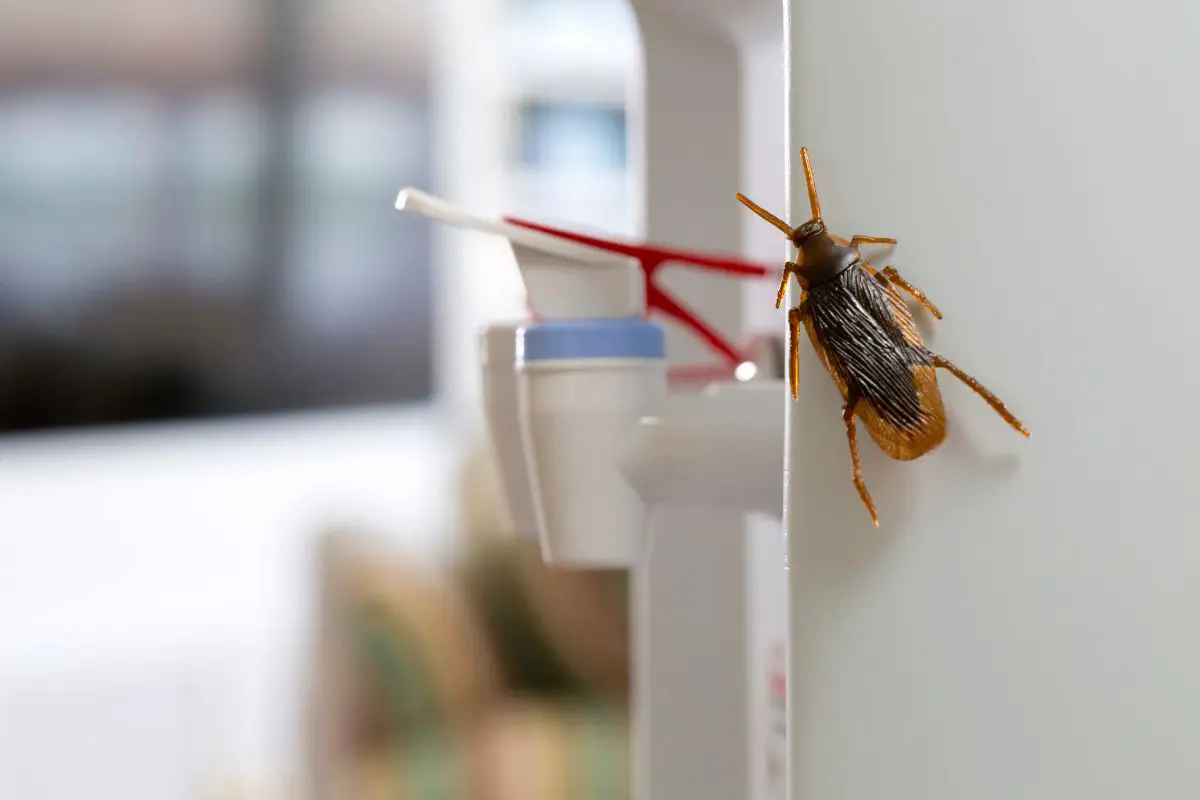
Oriental roaches come in at about 1 inch in length and have a smoky brown to blackish color. They tend to be more color towards the brown side and this is a distinctive factor that makes them different from cockroaches. Although they were called Oriental roaches they can be found in areas such as the United States, Australia, and Europe, as well as many other parts of the planet.
Names that are given to bugs like this often stick long after they make any sense. The good news is that Oriental roaches are fairly uncommon and don’t pose a threat to human beings.
12. Dubia Roach
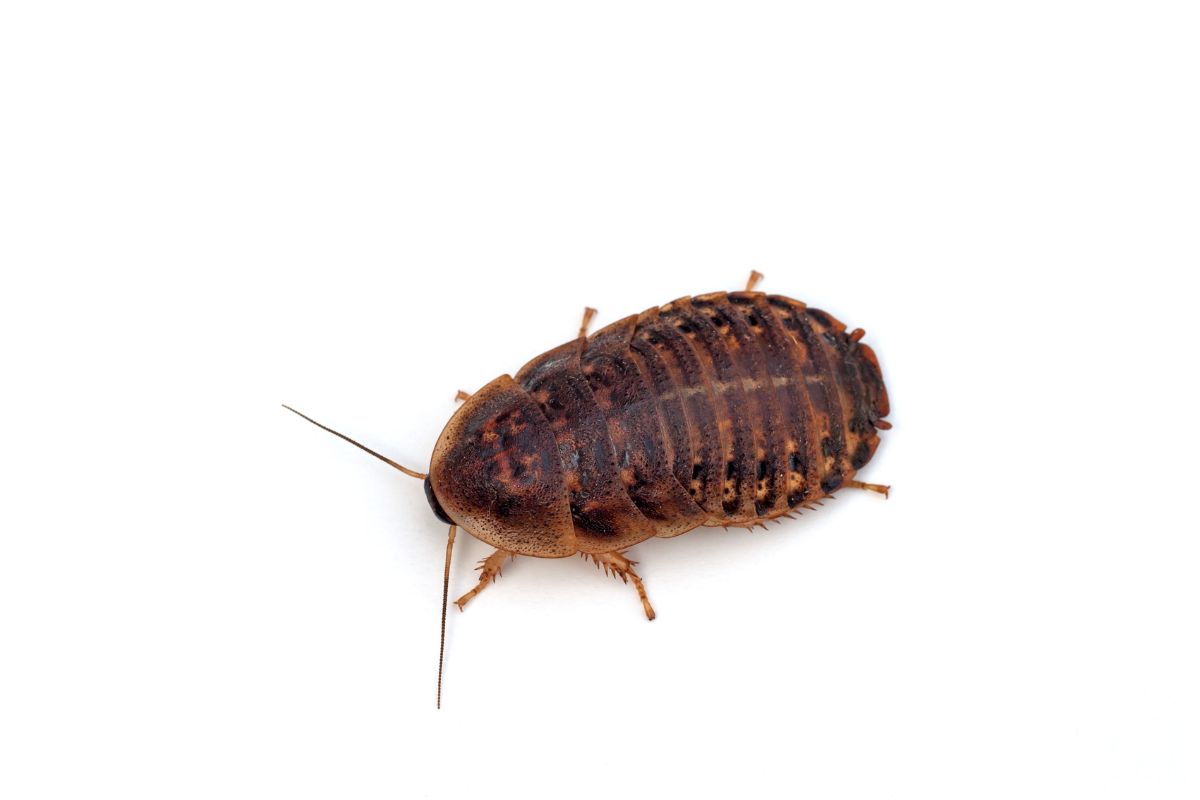
Dubia roaches are sometimes kept as pets and are different from cockroaches in their coloring and size. This type of Roach does have a similar Oval shaped body that many cockroaches also possess. However, the main difference that you will see for a Dubia roach right off the bat is the fact that they have an orangish-colored body.
This is much different from the solid black color that you will see with cockroaches. The fact that some people want to keep this insect as a pet should give you an idea that they are not seen as being as threatening as cockroaches. These Dubia roaches typically have a lifespan of a few months, though some have been known to live for longer than that.
Much of it comes down to how they are cared for when someone decides to take them on as a pet. As you might imagine, there is a lot of work that goes into the care of a Dubia roach, and it is important that only those with a true interest in caring for one get one.
13. Madagascar hissing cockroach
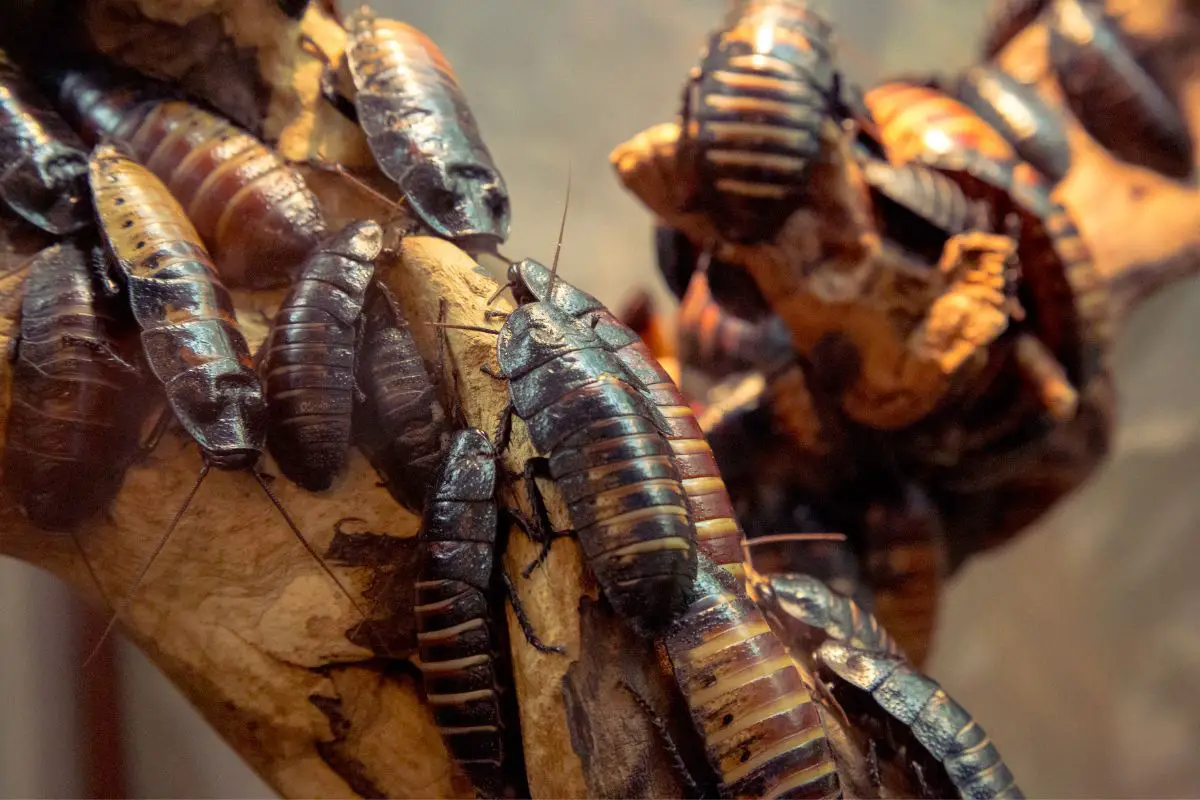
This one is technically a type of cockroach, but it is not the standard type that we might see in most places in the world. The Madagascar hissing cockroach is slightly different from your garden variety cockroach. For one thing, it can literally hiss!
This insect has a longer body than your typical cockroach, and it tends to look like it has stripes that are colored in a brownish-orangish color. The body is rather fat in spots compared to a standard cockroach, and that is yet another sign that you are dealing with something that is quite a bit different than other types of cockroaches that you might find out in the wild. Just like the vast majority of cockroaches, this insect is not considered to be a pest to humans, and it is therefore rather harmless.
People are often afraid of it simply because it does have the ability to hiss and has an appearance that is similar to that of an actual cockroach.
14. Tryonicidae
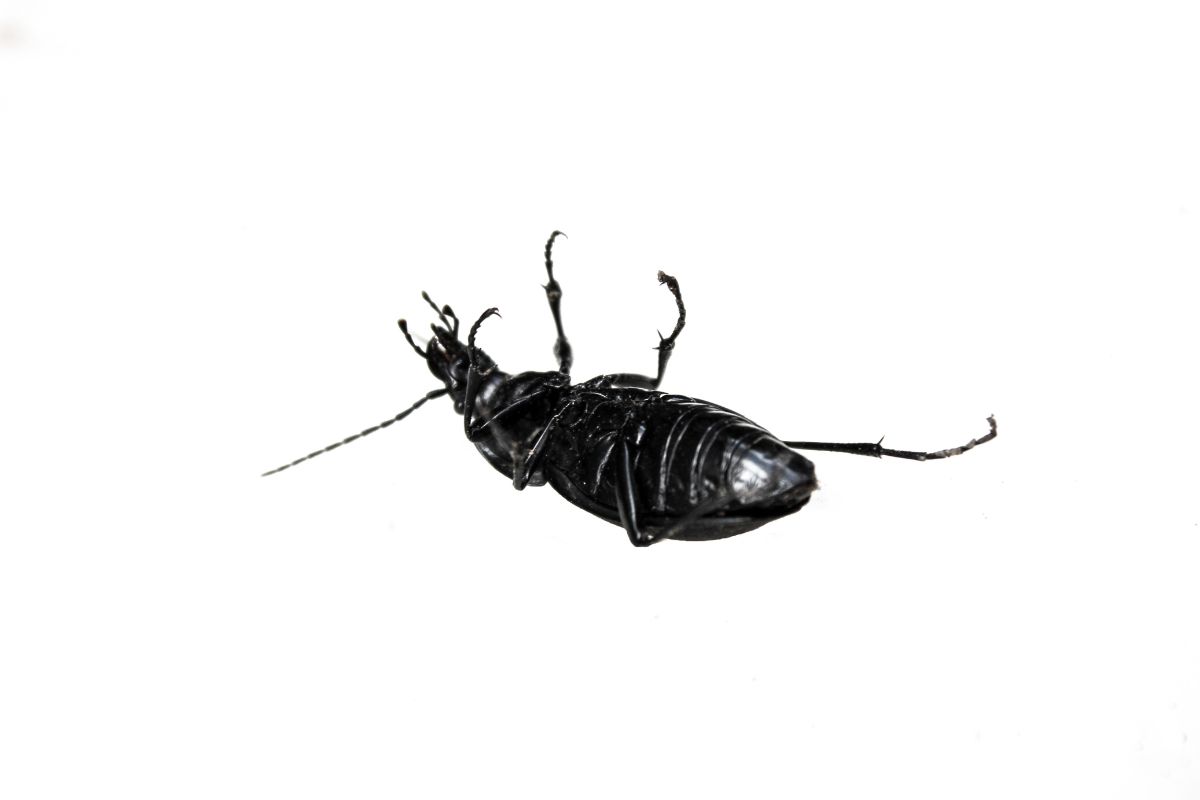
These are from a family of cockroaches, but they are not standard cockroaches either. They have an extremely similar appearance to standard cockroaches, and this is why many people believe that they are cockroaches. You should pay close attention to what makes this roach so much different from other types of roaches out there, and it all comes down to its legs.
The legs on a Tryonicidae are much lengthier than a standard cockroach, and that is how you can tell you are dealing with something different.
FAQ
Are cockroaches harmful to humans?
No, cockroaches do not pose any risk to you as a human. People are terribly afraid of them for a variety of psychological reasons, but there’s no true danger that you face when you see a cockroach in your life. In fact, they sometimes eat bugs that are smaller that may actually cause damage to yourself or your property.
As such, it is necessary to understand that cockroaches are doing no harm to you and that you may want to change your outlook on them as a species.
Are cockroaches a sign of a dirty environment?
Cockroaches are not a sign of a dirty environment. They are a sign of an environment that is damp and dark. Damp and dark environments are where cockroaches like to live.
This is why they are so often found in garages, basements, and attics. If a cockroach can find a dark and damp space to live it will do so.
They are also not attracted to human food, so it is a misconception to believe that they are likely to gather in a kitchen that is dirty. In reality, they are likely gathering in that kitchen simply because it has the dark and damp features that they prefer.
Should you seek pest control if you have cockroaches?
You should probably seek pest control if you have cockroaches simply for the fact that most people are not going to appreciate their being cockroaches in their living space. Even though you now know that cockroaches pose no harm to you, and may in fact do some good by taking out other species that could cause harm to your property, the reality remains that most people have a stigma against cockroaches. If you don’t want to offend any potential guests that you may have in your home, then you must do what you can to take care of the cockroach problem once and for all.
It is your responsibility to call a pest control service that can handle this for you. They will do what they can to eliminate the issue.



